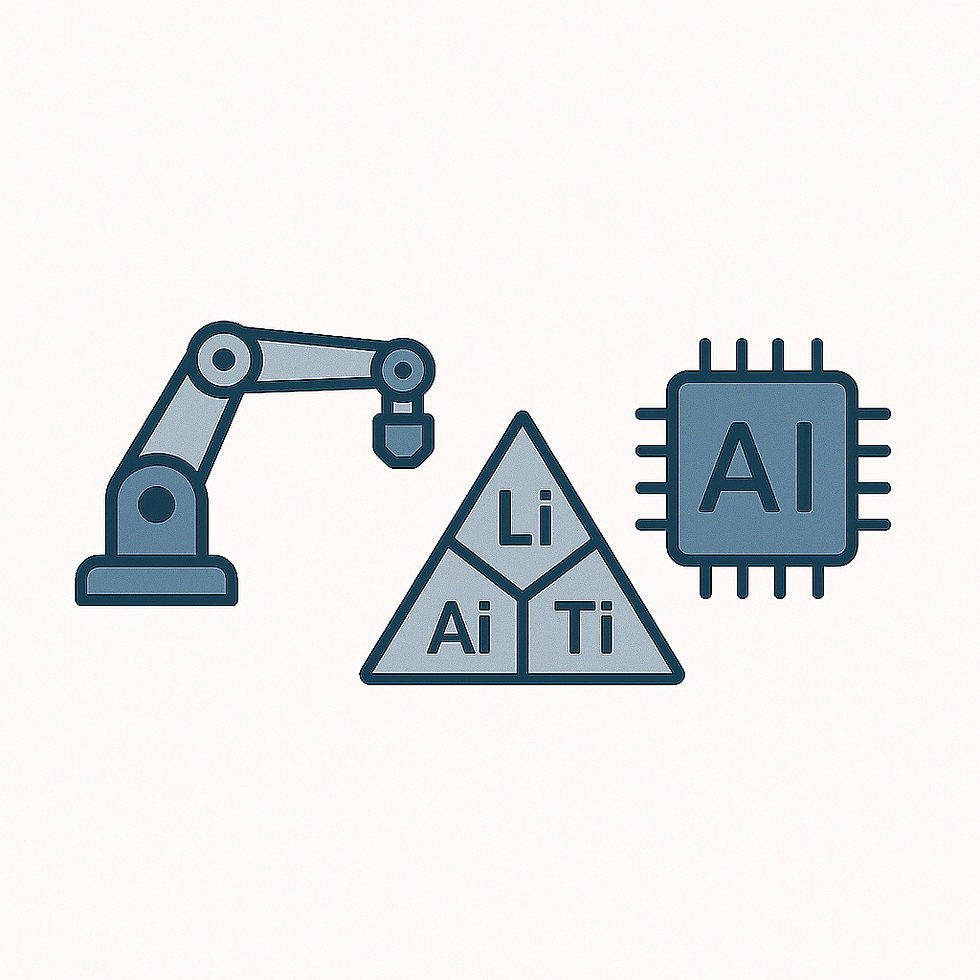Avoiding Hidden Costs in Sheet Metal Bends
- Ahner Industrial

- Jun 16
- 2 min read

Sheet metal forming – bending, in simpler terms – is a fundamental process across countless industries. From conveyor systems and automotive components to food processing equipment, bent sheet metal is everywhere. It seems straightforward, but achieving a precisely formed part without unexpected cost overruns requires a deeper understanding than just “bend this piece.” Too often, seemingly minor design choices or material selections can lead to significant rework, scrapped parts, and ultimately, increased expenses.
One of the most common culprits is springback. This phenomenon occurs when the metal returns slightly toward its original flat shape *after* being bent. It's a natural characteristic of metals, especially thinner gauges, and it's influenced by factors like material type, thickness, bend radius, and the machine's capabilities. If springback isn't accounted for in the initial tooling and be
nding process, the final part won't meet dimensional requirements. We’ve seen it derail projects from automotive to amusement rides; it’s a practical challenge we routinely address.
The fix? Experienced engineers factor springback into the bending program. This often means overbending slightly during the initial press brake operation to compensate. While seemingly simple, improper compensation can lead to excessive material deformation or even damage to the press brake. At Ahner Industrial, our engineers leverage years of experience and iterative testing to achieve predictable, accurate bends the first time.
Beyond springback, bend radius itself presents potential cost implications. A tighter bend radius requires more force and may necessitate thicker material to prevent cracking or distortion. It also places increased stress on the press brake tooling. As a rule of thumb, a minimum bend radius of 2x the material thickness is often recommended for mild steel, but this can vary significantly depending on the alloy. Aluminum, for example, is more prone to cracking with tight radii. We routinely advise clients on optimal bend radii based on material properties and part function, balancing formability with structural integrity.
Another area where costs can easily creep in is material selection. While cost is always a consideration, choosing a material solely based on price can backfire if it's not suitable for the application. A cheaper, less formable steel might require more passes or specialized tooling to achieve the desired bend, increasing labor costs and potentially reducing accuracy. Selecting stainless steel, AR plate, or aluminum all carry different forming challenges and require specialized knowledge.
Finally, consider the press brake capacity. A part that seems feasible on paper might be difficult or impossible to form on a smaller press brake. Our shop boasts five press brakes, ranging up to 350 tons and 12 feet, which gives us the flexibility to handle a wide range of part sizes and material thicknesses.
Here's a practical tip: before committing to a design, discuss your forming requirements with a qualified fabrication shop. Sharing your CAD files and outlining your performance goals allows us to proactively identify potential challenges and offer cost-effective solutions. We’re happy to review designs and offer input on material selection, bend radii, and potential tooling adjustments.
Request a quote to discuss your sheet metal bending needs.
Talk to our engineers.




Comments